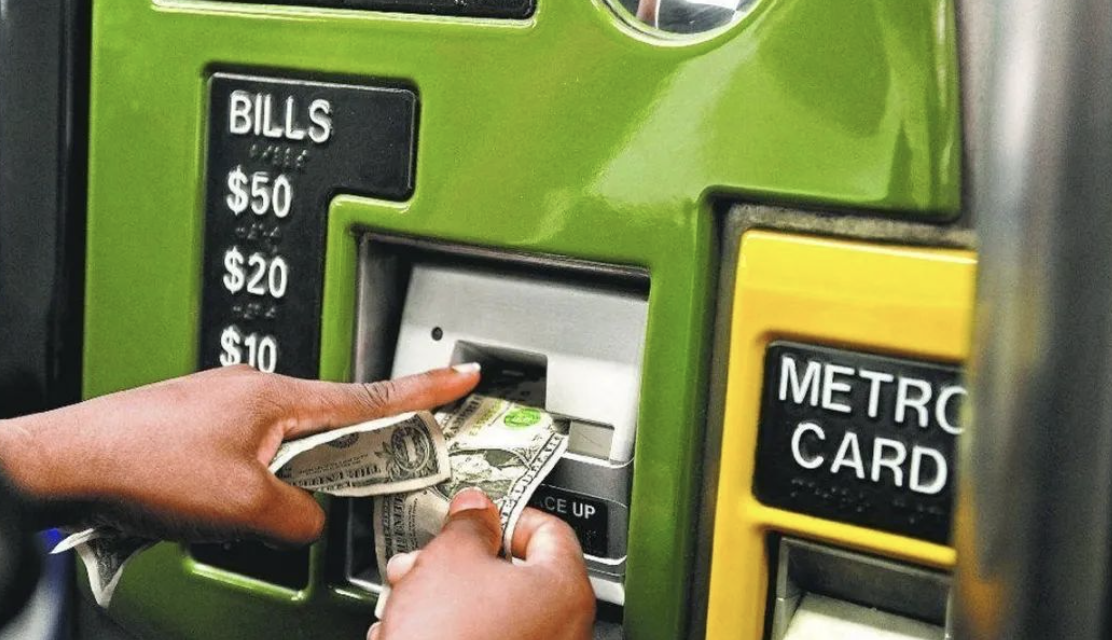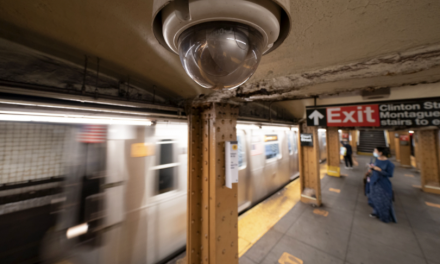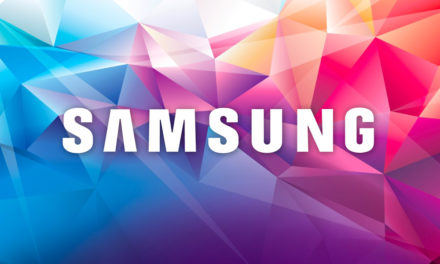
As President Biden officially signed into law the $1 trillion Infrastructure Act — repairing old and broken roads and bridges, improving rail service, expanding mass transit and expanding Internet broadband services. Among them, the cost of the Metropolitan Transportation Agency (MTA), which periodically adjusts prices, will definitely not increase!
Just yesterday (November 15), New York Governor Kathy Hochul announced that the MTA will not increase fares on the subway, bus, and train systems this year, and will not cut service until 2024.
Speaking at Albany International Airport yesterday before flying to Washington for the signing ceremony of the Infrastructure Act, Hochu said: “Additional federal funding will keep the MTA free from inflation, rising costs until July 2022. Raise fares.”
She said she had calculated: New York State’s funding from the “Infrastructure Act” will be about $14 billion for New York State’s roads and bridges, and $10.5 billion for New York State’s transportation system.
Subsequently, MTA Acting Chairman and CEO Janno Lieber attended MTA’s monthly board meeting and further explained on the sidelines: “In the next six months, we will cancel the plan for fare increases. Even the “fare freeze” continues It’s longer than six months, maybe well beyond that.”
Since 2009, the MTA has adjusted fares by about 4 percent every two years. In 2019, the one-way fare of $2.75 was maintained, but the 5% top-up discount previously enjoyed by MetroCard was eliminated.
The current MTA ride volume is still more than 50% lower than before the epidemic. Now people need to be encouraged to take the bus, train and subway. Raising fares at this time will actually slow down the recovery of ridership on the public transport system. So where will the $1 trillion infrastructure bill that just passed is going to be spent? The bill is 2,700 pages long and requires the United States to increase investment in infrastructure construction.
$110 billion for infrastructure: roads, bridges, mega-projects, and other common-sense infrastructure.
$55 billion for water infrastructure: replacing lead pipes and ensuring access to clean drinking water.
$66 billion for rail: Upgrade passenger and freight rail, intercity and high-speed rail services, and build rail to connect more areas beyond the East Coast.
$65 billion for high-speed internet: Connecting millions of people living in suburban and low-income communities with reliable internet connections.
$73 billion for clean energy: build new power lines, refurbish America’s old grid, and expand clean energy.
$39 billion for public transportation: Efforts to expand transportation coverage, improve accessibility for people with disabilities; fund state and local government purchases of zero- and low-emission buses.
$21 Billion to Clean Land and Groundwater: Land and Groundwater on Old Mineral Fields and Oil Fields
…









